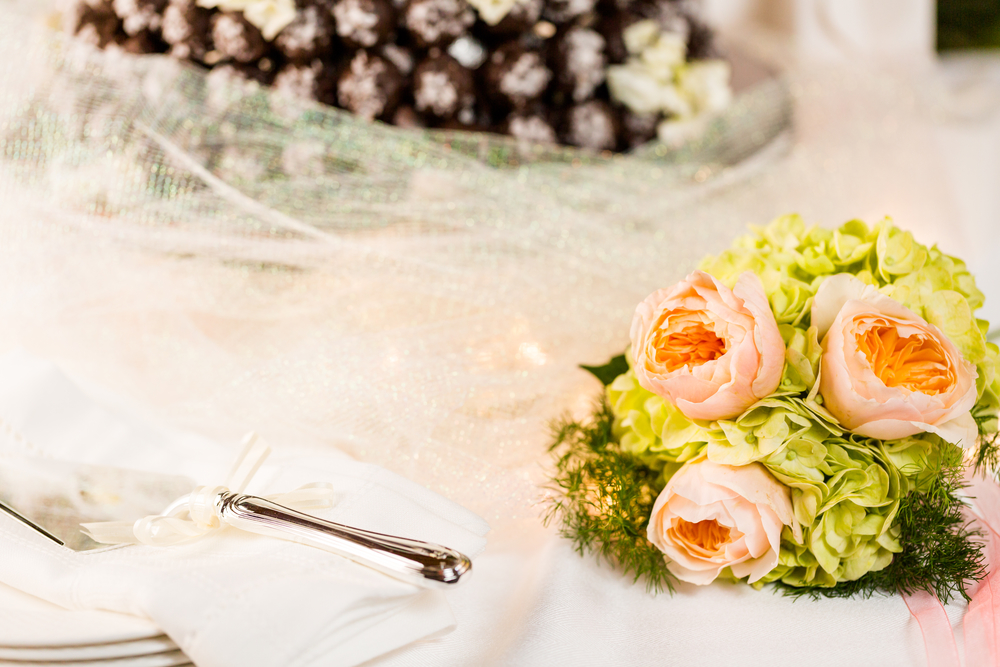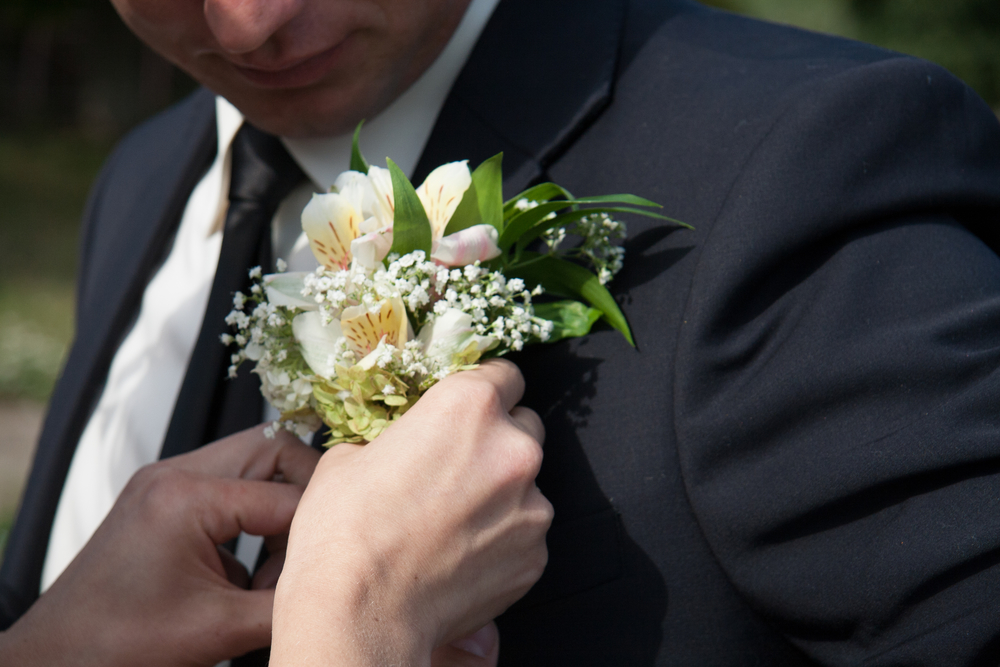At one time, people got married just as much for protection as for romantic love. Once a couple were married, it was customary to ring bells to announce the union to the village. It was also thought that wedding bells drove away evil spirits that might play havoc with the marriage.
The use of bells goes back to the Egyptians who rang tiny bells when offering prayers to Osiris. It was thought that by praying to Osiris during the wedding ceremony, the God would bless them and their union. Christian churches later took up the custom.
Bells were introduced to Christian churches in 400 AD by a bishop named Paulines. Originally, they were used to sound alarms or to call the membership to services, but a couple of centuries later, Pope Sabinian sanctioned using bells to bless married couples. Up until the 11th century, the bells were small, mostly hand held. It was at that time that church towers were coming into fashion and the practice of placing bells in them became quite commonplace.
In Europe, it is sometimes possible to find antique bells handed down through generation of the same family. Some are given to a new couple as gifts whilst others are used to decorate the church. Bells are tied at the top with a ribbon as a symbol of the vows taken. At one time, only virgins were allowed to decorate a church with white bells. Nowadays, bells are more likely to be a colour that is coordinated with the wedding party’s theme.
Formerly, people married for protection or survival and not for a meaningful relationship; therefore, whenever there was a marriage-taking place, people would ring the bells to inform others. In the past, people rang wedding bells to drive away misfortune and to keep evil spirits at bay.











